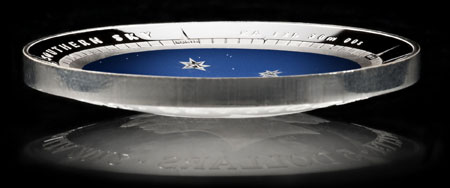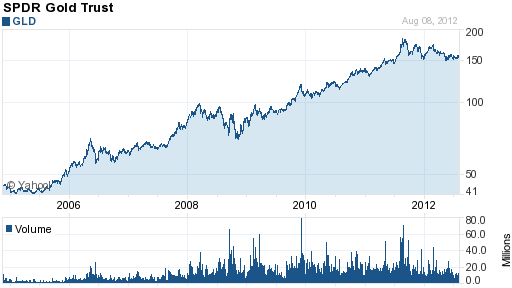 By Vin Maru
By Vin Maru
This past week was a major catalyst for the precious metals, as they closed the week up strongly based on strong fundamentals for the sector. We have been anticipating the next catalyst for the PM sector to start making a strong advance, and we got it with a coordinated effort from central banks around the world. They will print whatever is necessary to fight off deflation and another financial collapse. Here are a few headlines we saw from the media lately:
“Gold Prices Gain on German Ruling”, “ECB to launch ‘outright monetary transaction’ plan”, and “IMF’s Lagarde backs ECB-bond buying plan”
This afternoon, the FOMC meeting concluded and was followed by a press conference by Ben Bernanke. The precious metals market has been on a strong uptrend over the last month in anticipation of additional bond buying and stimulus (AKA Quantitative Easing). Over the last month, the fed has hinted that they will stimulate if needed but never actually pulled the trigger. Precious metals still rose in anticipation of coming QE. Well, he finally did it and the metal prices are up on this news, below is some commentary on what the fed announced. See Reuters article about this QE.
This looks to be stimulus like the original QE 1 and 2 and this is super bullish for gold, like it was back in 2009 and 2010. This starts off another major uptrend for gold and it will be going to $3500 over the next few years. Now is the time to be getting invested again, it’s almost an all in moment on any pullback and then its onwards and upwards from here. We can expect this QE to last indefinitely just like we can expect a low interest rate environment for an extended period of time. It’s QE to infinity and gold will definitely shine.
ECB Bond Buying Program
With headlines like these, the world markets are proven to be irrational in their approach to dealing with debts; the central banks around the world will print and by up bonds as needed. The West may have saved themselves for the moment, but this really opens up the door for moral hazard and the mindset that debts don’t matter has been rationalized around the world. The Western central planners rationalize their action by stating the bond buying program will be sterilized. The hazard is that other central bankers around the world will also engage in sterilized bond buying and supporting of governments, all of which is backed by nothing except faith. They claim the bond buying is sterilized because the central banks print money to buy bonds of the governments to keep yields low and then make up new bonds to sell to other central banks and all of this financial alchemy is based on buying and selling of foreign currency bonds. To learn more about currency intervention and how the bonds could be sterilized, you can read about it here.
They claim the net effect is there is no increase in the monetary base, but any rational human can see this is pure manipulation and gaming the system. With no new monetary base, the money supply in the system does not increase and it is very similar to Operation Twist. The net effect of the new bond buying program is there will be no direct stimulus to the economy and the governments will continue to be supported by the central banks. The new bonds issued by the government will carry lower interest rates, which will then be supposedly paid back to the CBs over an extended period of time. The old government debt will be rolled over and extended from this bond buying program and only small amounts of additional interest will be paid on these new bonds, which tax payers will eventually have to pay one way or another. The governments will then have to accommodate the additional interest payments on the new debt which could eat into budgets, so they will either tax more or reduce some of their spending. The paper currency Ponzi scheme will be allowed to continue and coup d’état over the financial system has been accomplished by the central bankers. The idea is that bad loans and debts do not matter anymore in an attempt to keep the system afloat, eventually that will fail and precious metals will prosper as a result.
With keeping interest rates low, bonds have virtually no upside from here since interest rates can’t go much lower from here. Savers will be forced to speculate in order to create yield and precious metals will benefit over the next few years from a negative yield interest rate environment. Business with tons of cash on the sidelines will be forced put that money to work in search of economic returns and banks with tons of cheap cash on hand will be loaning out more money to qualified people and businesses. Deflation and collapse is no longer an option, the system will be supported and soon the market will be talking about expansion and growth again. Money will be put to work even though the western economies may stagnate over the next decade. The market will soon look beyond the Euro and US mess and move forward in search of yield. It may continue looking at emerging markets for growth and opportunities, but it definitely look to precious metals for safety from the depreciation of paper currencies.
Once we start seeing this money turning over in the system, the velocity of money will increase significantly which will then lead to higher inflation, this is when we can expect gold to really shine. While the upside for bonds will be limited in a low interest rate environment, the upside for gold is unlimited from endless printing of fiat currencies and bonds by all central bankers and governments around the world. The upside for the price of bonds is limited to interest rates going to zero and they can be printed to infinity. The amount of gold available in the world is fixed to current inventory plus expected additional supply. Because supply is limited, gold’s price could go to infinity to equally match the unlimited printing of bonds and currency units which are used to purchase them. So in the end, bond prices are limited on the upside while supply is infinite, while gold supply is limited and it’s price is limitless in a world based on fiat currencies—which would you rather own?
Gold Update
In the last 2 weeks, gold has made a great break out move above $1620 and then $1660-$1680. The price is now holding strong above $1720 as central bankers are planning on bond buying programs and additional stimulus in a coordinated effort to avoid a deflationary spiral. This opens up the door to QE to infinity, they will print since there is no other option and precious metals will benefit from this. Gold and silver are going much higher in the years to come, but it won’t be in a straight line. Expect volatile moves to the upside and swift corrections, but the general trend for the next few years is towards higher prices. Keep with the trend and buy the dips and sell into major strength if you plan on trading the paper markets. If you purchased the physical metals during this past summer, you may want to consider holding on to them, we may not see these prices again, ever.
The RSI is rising and starting to move above 80, which could be getting into overbought territory, however the MACD is in a slow steady trend higher over the last couple of months. Look for new support to be around $1680 (which would be a good opportunity to add to positions) and short term overhead resistance to be at $1780-1800 (sell trading positions currently open) which has been overhead resistance back in November and February, at which time we could see a significant correction. If the gold market clears $1800 and holds on a closing weekly basis, we could retest the previous highs and go on to make new highs .

The HUI Gold Miners Index
The HUI clearly broke the downtrend line by gapping up above it late last week. The RSI is still rising and so is the MACD. If gold makes a move to $1800, expect the HUI to rise towards 500 before taking a break and correction. This would be a great time to sell open trading position in the next few weeks, especially after any news from the Fed about stimulus and QE. The fact that gold and the HUI has risen so much in the last month based on expectations for QE and the indicators are getting close to overbought territory. We may see an initial jump in price for the HUI index after any announcement, then a minor correction as much of this news could be priced into the metals and the miners. Watch the reaction of the metals and the HUI later this week and next, but if the advance higher starts stalling out, you may want to consider closing trading positions and book some profits.

More than likely towards the end of this month/early next month, we could start to see a minor correction going into October and November as election approach, the market may take a breather. We may also see some strong year end selling this year, especially coming from the US as their tax laws on capital gains are scheduled to change next year. It would be a good time to start new positions or add to current holdings during that correction. We can expect the trend to continue higher as the metals go on to make higher highs and higher lows over the next 6 to 9 months.
If you enjoyed reading this article and are interested in protecting your wealth with precious metals, you can receive our free blog by visiting TDV Golden Trader.
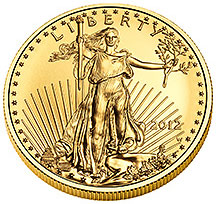 Legendary bond king investor Bill Gross, who presides over the world’s largest bond funds makes a compelling case for owning gold in an interview with Bloomberg TV. Lead manager of influential Pacific Investment Management Company (PIMCO) since 1987, Bill Gross reputedly made $200 million in 2011.
Legendary bond king investor Bill Gross, who presides over the world’s largest bond funds makes a compelling case for owning gold in an interview with Bloomberg TV. Lead manager of influential Pacific Investment Management Company (PIMCO) since 1987, Bill Gross reputedly made $200 million in 2011. Benjamin Franklin, one of the most eloquent wordsmiths in American history, coined one of the most famous quotations of all time in a letter to Jean-Baptiste Leroy in 1789.
Benjamin Franklin, one of the most eloquent wordsmiths in American history, coined one of the most famous quotations of all time in a letter to Jean-Baptiste Leroy in 1789.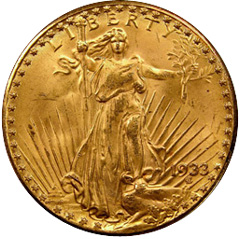 Nothing seems to obsess the U.S. government more than gold. Could this be due to the fact that gold represents an alternative currency to the failing U.S. dollar, despite the assertions of Fed Chairman Bernanke that “
Nothing seems to obsess the U.S. government more than gold. Could this be due to the fact that gold represents an alternative currency to the failing U.S. dollar, despite the assertions of Fed Chairman Bernanke that “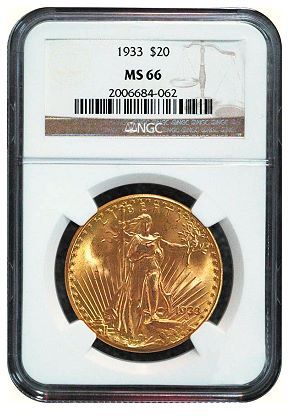
 India may increase the import tax on gold for the third time this year in an attempt to shore up the weak rupee. Purchases of gold and silver account for a huge 12.5% of all Indian imports and are contributing to a record current-account deficit according to
India may increase the import tax on gold for the third time this year in an attempt to shore up the weak rupee. Purchases of gold and silver account for a huge 12.5% of all Indian imports and are contributing to a record current-account deficit according to 

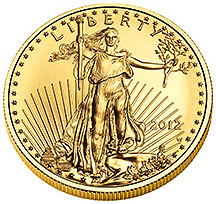 The latest sales figures from the U.S. Mint for August show a significant increase in sales of both gold and silver bullion coins.
The latest sales figures from the U.S. Mint for August show a significant increase in sales of both gold and silver bullion coins.
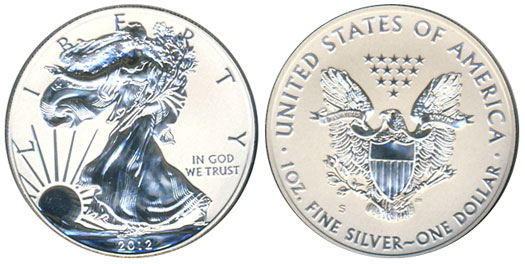
 By Axel Merk
By Axel Merk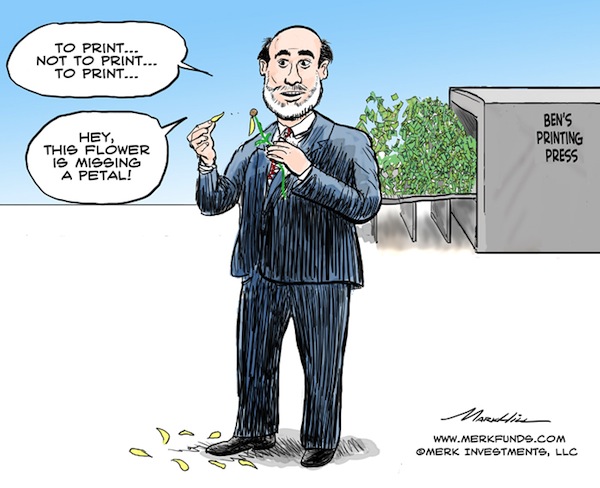
 Yahoo Finance ran a story today entitled “Gold, Silver & Copper Are All Heading Lower.” Nothing worth discussing about the specifics of the article – the real story here is that this a classic contrary headline seen at market bottoms, not tops.
Yahoo Finance ran a story today entitled “Gold, Silver & Copper Are All Heading Lower.” Nothing worth discussing about the specifics of the article – the real story here is that this a classic contrary headline seen at market bottoms, not tops.